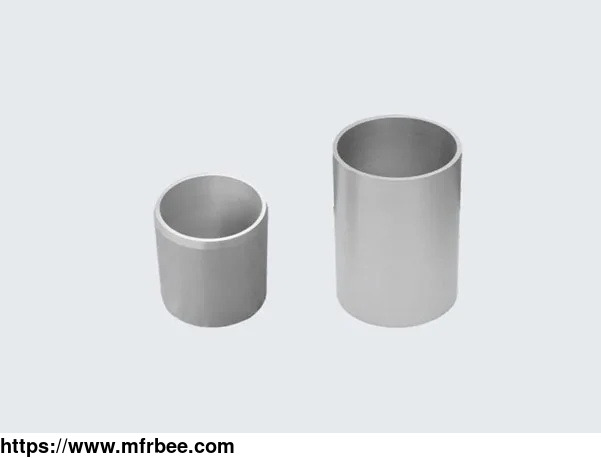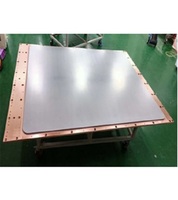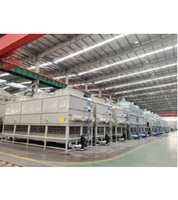NEW ELECTRONIC MATERIALS
Specifications
New electronic materials form the building blocks for the electronics industry. These materials are essential for the manufacture of electronic devices such as computers, smartphones, and other
high-tech equipment. Electronic processing materials are used extensively in the manufacture of printed circuit boards, semiconductor chips, and integrated circuits. These materials provide
properties that are used to enhance device capabilities, increase speed, and extend the life of the device. The industry makes use of a broad range of materials, including conductive metals,
dielectric materials, insulating materials, and high-tech ceramics, to produce these materials. Scientists continuously research and develop innovative materials to deliver smaller, faster, and
energy-efficient electronic devices, it is expected that developments in electronic processing materials technology will drive further growth in the electronics industry.
Future Developments And Innovations In Electronic Processing Materials
Flexible Electronics: The development of electronic processing materials such as hybrid organic-inorganic materials, nanoparticle-based inks, and carbon-based materials has made it possible to
incorporate these materials into bendable and wearable devices with unique applications.
Nanotechnology: Researchers are exploring the use of nanotechnology to enhance electronic processing material properties such as durability, electrical conductivity, and speed.
Advanced Semiconductors: New classes of semiconductors, such as 2D and 1D semiconductors, are being researched and developed to keep up with the demand for faster, energy-efficient, and
high-density device processing.
Smart Materials: Electronic processing materials that exhibit unique properties, such as self-healing and shape-memory capabilities, are being developed to enhance device functionality and
sustainability.
Advancements in Solar Cells: The development of advanced electronic processing materials for solar cell technology aims to increase the efficiency of solar panels, reduce cost, and enable the
integration of solar cells into electronic devices.
Quantum Materials: Researchers are studying the use of quantum materials, such as topological insulators and superconductors, to revolutionize electronic processing materials and develop
next-generation electronic devices.
Selection Criteria For Electronic Processing Materials
1
Electrical Properties: Electronic processing materials should demonstrate specific electrical properties to meet the functional requirements of the device. For example, conductive materials should
have a high electrical conductivity, while insulating materials must have high breakdown voltage and low dielectric constant.
2
Thermal Properties: Electronic processing materials must be able to withstand high temperatures and have efficient heat dissipation to prevent damage to the device and maintain its proper
functioning.
3
Chemical Compatibility: The electronic processing materials should be compatible with other materials that the device uses and have a minimal risk of causing unwanted chemical reactions and
degradation.
4
Durability: The materials selected should be robust with reliable mechanical, thermal and electrical properties. The materials should be able to handle the demands of device operating conditions to
maintain reliability and longevity.
5
Cost-Effectiveness: The electronic processing material selected should be relatively affordable without compromising on its quality or functionality, thus providing a better return on investment.
6
Availability: The availability of the materials, including sourcing, lead times, and quantity, should be considered.
7
Safety and Regulation: Electronic processing materials should be in compliance with relevant laws and regulations to ensure safety, reduce legal risk and liability, and protect the environment.
If you are looking for reliable tower fan manufacturers, please choose us, and we will be your best partner.
- Country: China (Mainland)
- Address: Luoyang CBD, No.288 of Kaiyuan Avenue, Luoyang, Henan, China
- Contact: Longhua com










